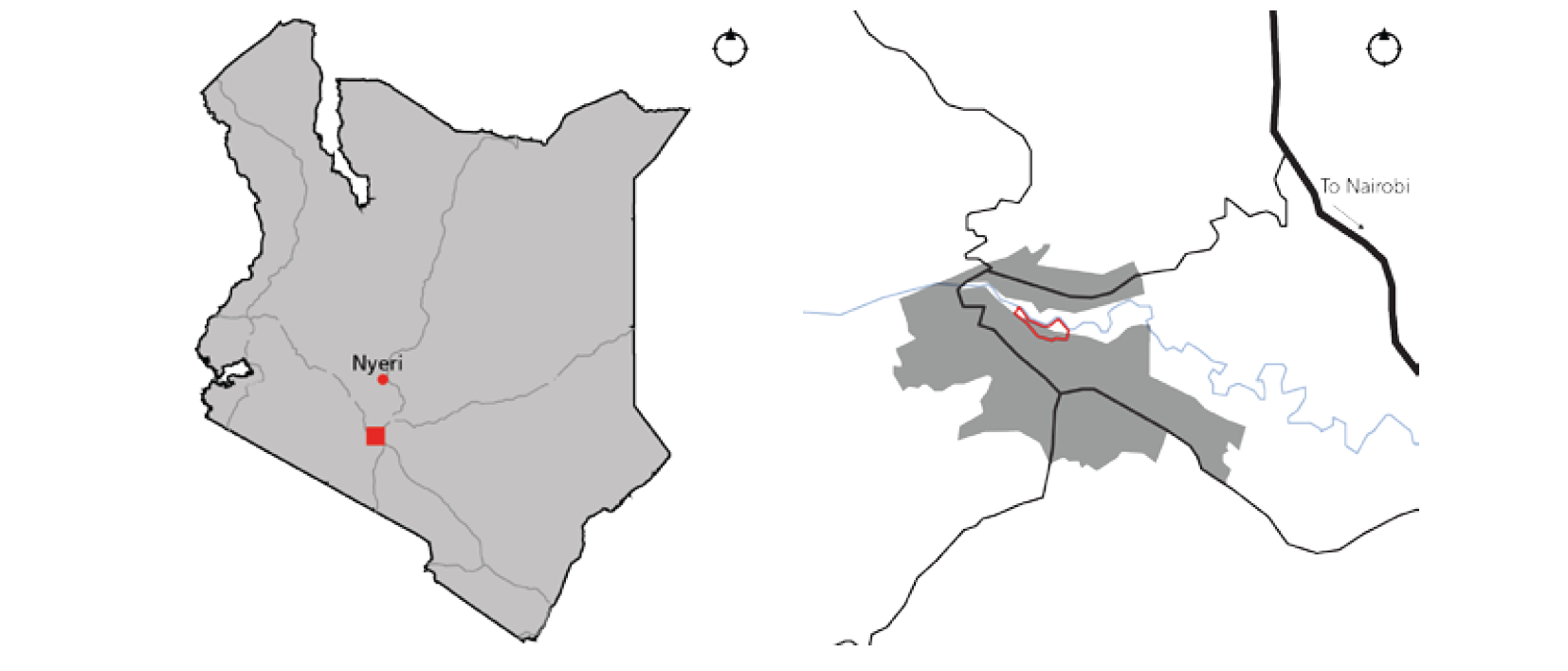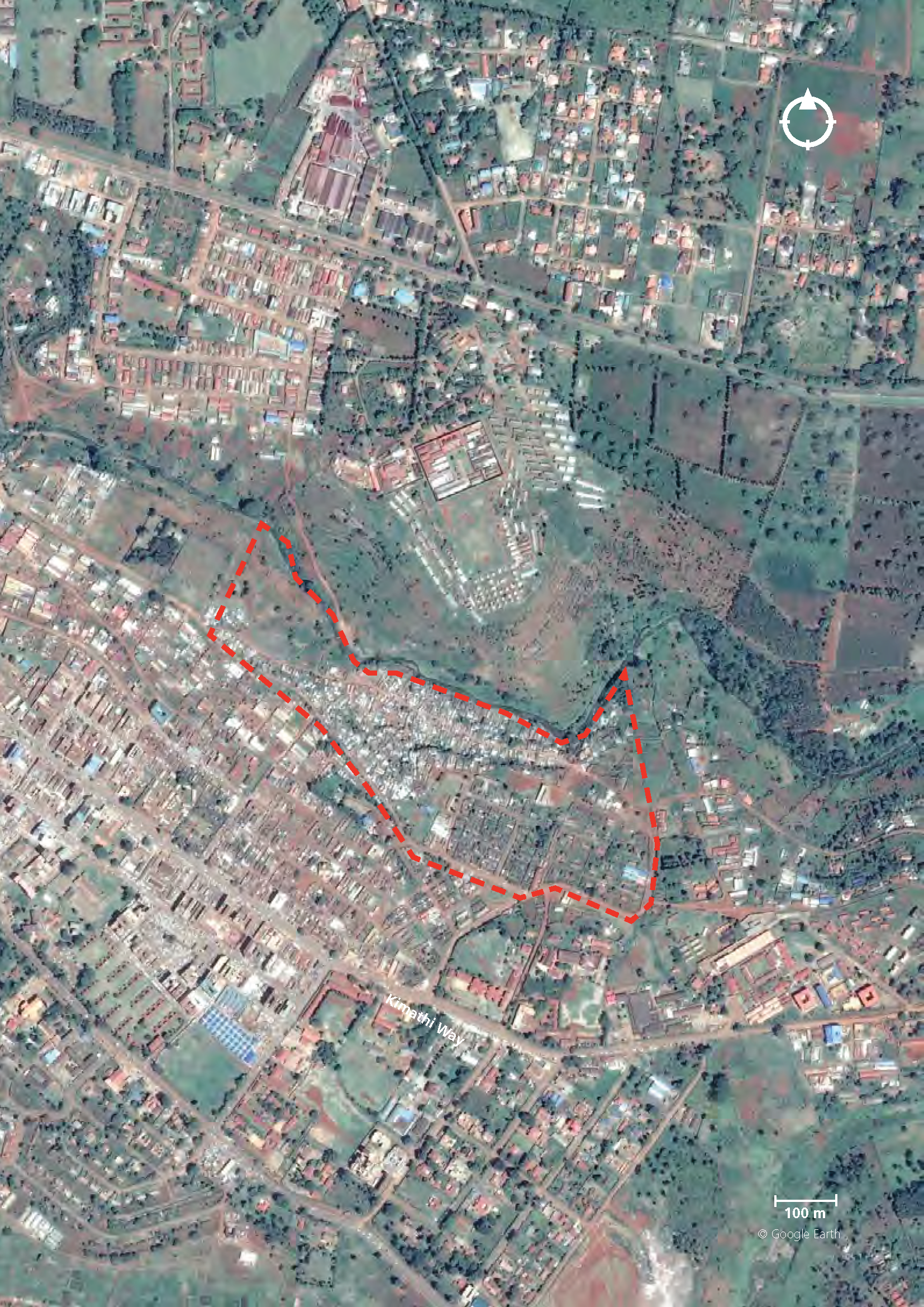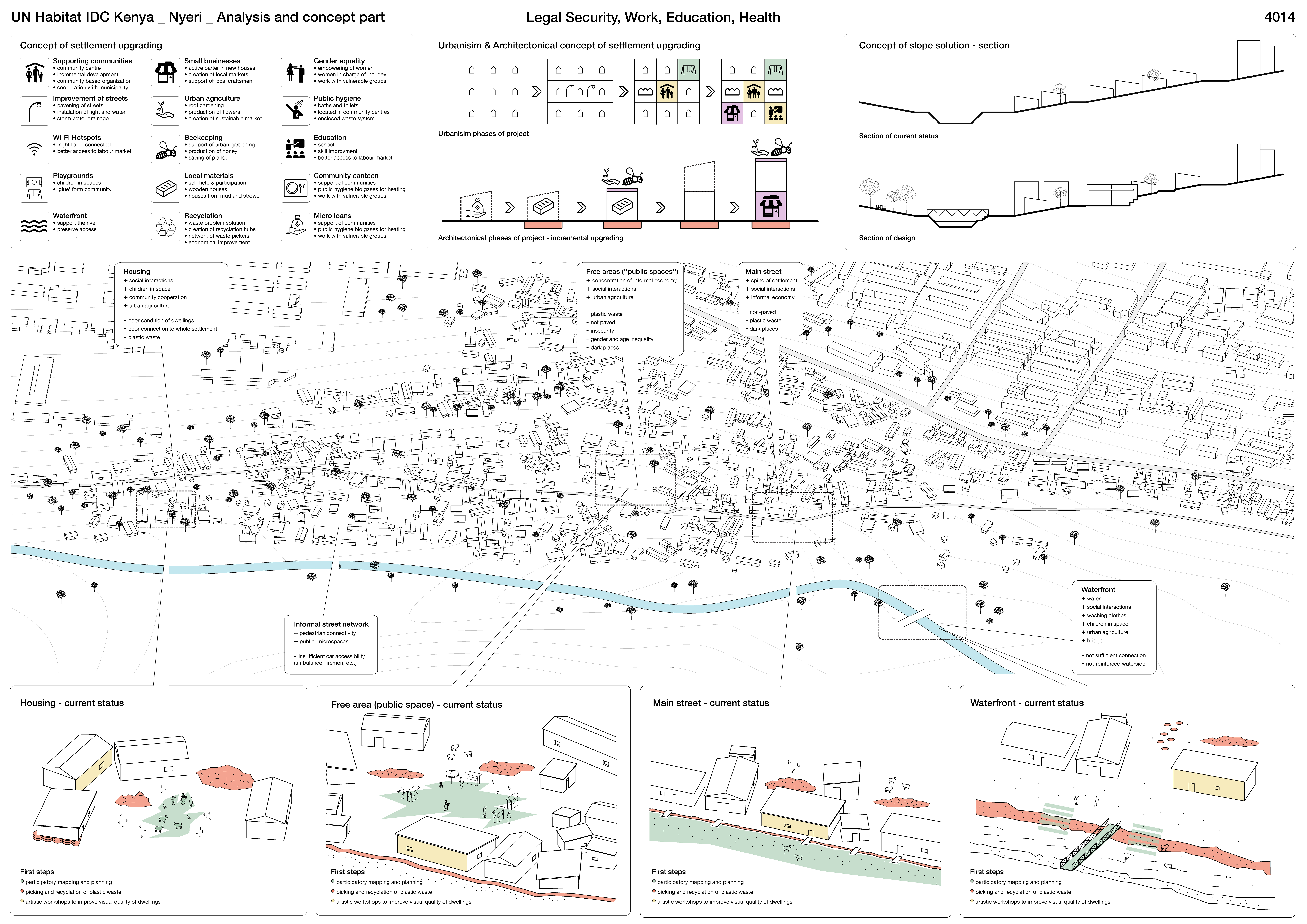Advertorial
Moderné plynové technológie: Efektivita a inovácie pre 21. storočie
Sumarizácia najdôležitejších inovácií, ktoré redefinujúcich využitie tohto energetického zdroja.
Utesňovanie spodných stavieb pomocou hydro-aktívnej fólie AMPHIBIA.
AMPHIBIA 3000 GRIP 1.3 od spoločnosti ATRO predstavuje modernú hydroizolačnú technológiu, ktorá spája vysokú odolnosť,...
Dekarbonizácia individuálneho vykurovania domácností – Green Deal evolučne a nie revolučne
Ambiciózne plány EK narazili na ekonomické možnosti domácností v jednotlivých členských štátoch –...
Minimalistické dvere IDEA – technická precíznosť a čistota prevedenia
IDEA DOOR od spoločnosti JAP prináša do interiéru čistý minimalistický vzhľad vďaka bezrámovému riešeniu a precíznej...
Schell Vitus – osvedčené riešenie pre sprchy a umývadlá vo verejnom sektore s viac ako desaťročnou tradíciou
Nástenné nadomietkové armatúry Vitus sú mimoriadne vhodné pre rýchlu a efektívnu...
Kompozitné okná predstavujú súčasnosť a budúcnosť
Okenné profily z kompozitného materiálu RAU-FIPRO X od spoločnosti Rehau sú v porovnaní s tradičnými plastovými profilmi mnohonásobne...
Myotis - stoly 2025
Najnovší sortiment stolov pre zariadenie interiérov...
Priemyselné sklenené priečky Dorsis Digero: svetelné rozhranie pre moderné interiéry
Spojenie moderného dizajnu, funkčnosti a svetla do harmonického architektonického prvku.
Význam prirodzeného svetla pre moderné a flexibilné pracovné prostredie
Kancelárska budova Baumit v slovinskom Trzine prešla premenou na moderné a udržateľné pracovisko. Architekti kládli dôraz...
Konferencia Xella Dialóg predstaví novinky a trendy v stavebníctve
Mottom šiesteho ročníku on-line konferencie odborníkov Xella Dialóg je Efektívny návrh budov 2025+: zmeny a riešenia
Murovací robot WLTR stavia svoj prvý dom na Slovensku
Robot WLTR predstavuje moderný prístup k murovaným konštrukciám. Vďaka automatizácii dokáže rýchlo, presne a bezpečne realizovať...
Nová éra bezpečnosti s I-tec Secure od Internorm
Okrem bezpečnosti majú okná aj elegantný vzhľad, pretože nie sú viditeľné žiadne uzamykacie časti kovania.
Skryté zárubne JAP – intenzívny zážitok z bývania
Dvere MASTER v skrytej zárubni AKTIVE je možné vyrobiť až do výšky 3 700 mm
Tienenie namiesto klimatizácie
Internorm stavia na energetickú efektívnosť a inteligentné tieniace riešenia.
BigMat International Architecture Award 2025 - vybrané diela
Slovensko vo výbere zastupuje šesť realizácií.
Úspech tímu STU v medzinárodnej študentskej súťaži United Nations - UN Habitat 2016

Mesto Nyeri je asi 160 kilometrov severne od mesta Nairobi a na západných svahoch Mt Kenya. Problémom mesta sú absencia územného plánovania, neriadený rast mesta, neefektívne hospodárenie s pôdou a nedostatočná infraštruktúra. Pri posudzovaní súťažných návrhov sa kládol dôraz na rozvoj mesta ako kompaktného celku a riešenie rastu mesta do budúcnosti. To by malo mať adekvátnu infraštruktúru a vybavenie, dostatok pracovných miest a zabezpečenie lacného a dostupného bývania.
Riešená bola novovzniknutá časť Witemere, ktorá predstavuje prototyp rýchlo a organicky rastúcich mestských častí v Keni. Porota posudzovala návrhy zlepšenia prostredia s ohľadom na Ekonomickú a funkčnú integráciu do štruktúry mesta. Dôležité bolo vysporiadať sa aj s otázkami ekológie a využitia rieky Chania.
Viac informácií o súťaži nájdete TU.
Predstavujeme ocenený súťažný návrh s autorským textom:
Topic of slums is highly underestimated phenomena in geographies such as Kenya. There were already written a lot about possible processes how to address this topic. However, in the last few years there are shifts from research and theoretical based approaches to more complex and integrated planning processes involving both professionals and local inhabitants. And we decided to be part of this participatory process.
Process was based on conceptualisation of approaches together with its contextualisation of sitespecific strengths, weaknesses, opportunities and threats. In-situ observations together with theoretical research helped to forge overall approach to slum settlement upgrading in Nyeri.
Design was based on previously mentioned processes of mapping and planning and as a whole was divided into 4 essential INCREMENTAL steps:
1. Mapping, planning & forging partnership with municipality
Mapping process is first and important step to successful, working and full-fledged project due to establishing important points of access. In planning process It is important to establish the hierarchy of needs of local inhabitants, translate it into language of space and set up phases of gradual improvement.
2. Spine project, design of public spaces & building of community houses
In this step is most important to understand local hierarchy and to translate it into language of space that will change the rules of space and will insure equal access to the space for all groups
3. New street network & public spaces & enhancing of local economy
Third step focuses on creation of additional small squares with community centres, building of school and continuous incremental improvement of small public spaces, as well as on self-help housing redevelopment
4. Continuous incremental re-development & integration into city Nyeri
Fourth step counts with continuous incremental housing re-development with minimal relocation of inhabitants and with sub-sequential integration of slum settlement into formal urbanism of city Niery
In design we were addressing several factors:
Social factors
Main aim was on preserving of communities through listening to their needs and fulfiling them
Economical factors
Between economical solutions belong encouraging of contractors to use local work force in redevelopment of infrastructure, support of urban agriculture, mainly than roof production of flowers together with beekeeping
Environmental factors
Priority is in this case reinforcing of hill via paving of streets and creation of bases under incremental houses together with rainwater drainage system.
Health factors
Important step is to improve overall health condition of settlement through creation of communal hygiene
Urbanism and architectural factors
Between main urbanism solutions belong already mentioned phasing of project. Additive architectural model of upgrading the houses is based on densify of social and economical interactions.
Podklady: Marek trebula







